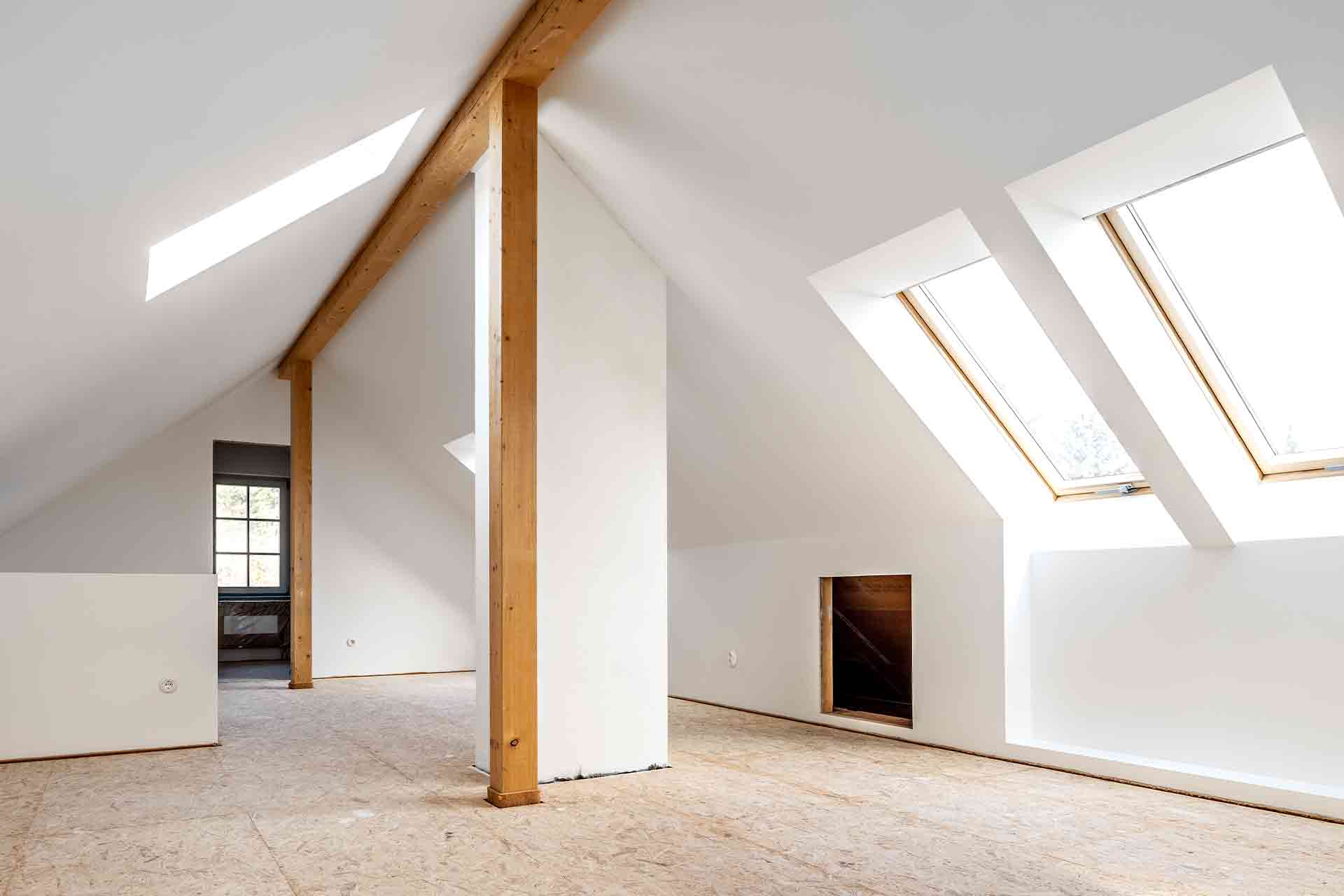Blog>Expert Advice>What is a non-habitable loft conversion?
Last updated: 22 February 2024
What is a non-habitable loft conversion?
Want to add storage space, floor space or value to your home? A non-habitable loft conversion could be the answer. But, what is a non-habitable loft conversion?
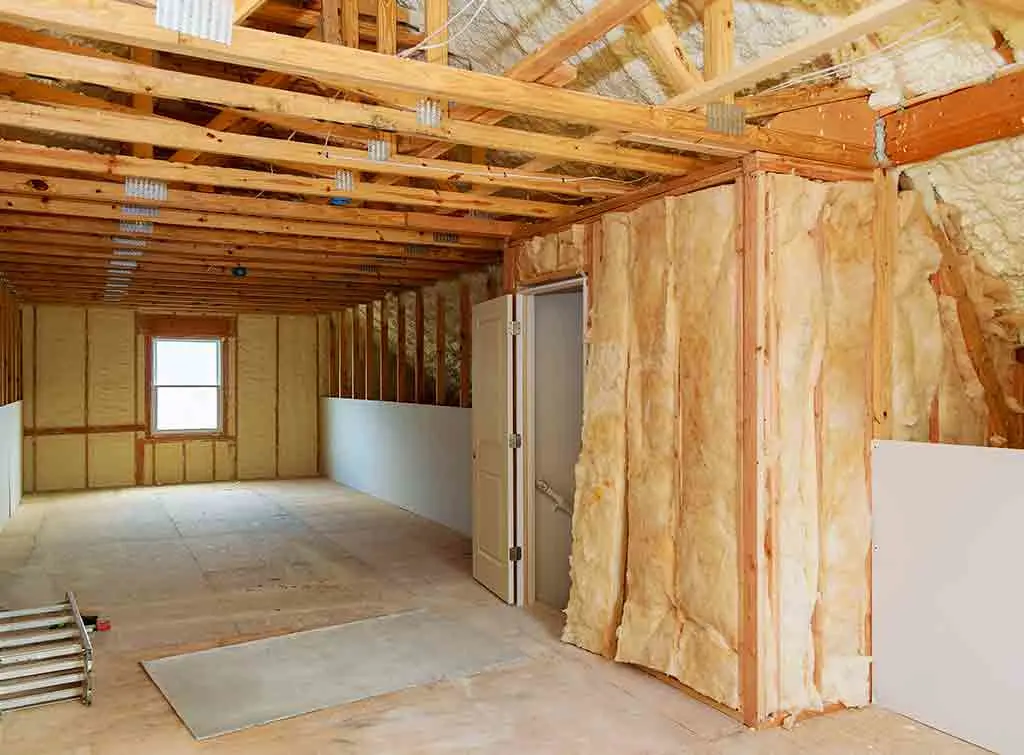
Looking for a little extra space in your home? A non-habitable loft conversion could be the answer.
A non-habitable loft conversion can free up floor space without the need for planning permission or the costs of a full conversion.
So, for growing families, remote workers or home-gymmers, extend your home up. Don't move.
Looking for a full guide to non-habitable loft conversions and tips to get started? This guide is for you.
What is a non-habitable loft conversion?
A non-habitable loft conversion is a loft conversion that you can't live or sleep in. It can only be used for storage or other purposes like a home office, art studio, or home gym.
But non-habitable loft conversions still give you extra space without the complex process of a complete loft renovation.
For non-habitable loft conversions, like a storage conversion, make sure:
You keep your folding stairs - don't go for a fixed staircase
Your storage conversion does not look habitable - keep the fixtures and fittings minimal
The walls are clearly not suitable for habitation - don't plaster the walls, keep the drywall
You only use your partial conversion for storage or extra space - not a bedroom or separate living space
See the tradespeople we've checked and recommend for your job
Pros and cons of a non-habitable loft conversion
There are more reasons to add a non-habitable loft conversion to your home than there are not.
Many homeowners love these versatile conversions because:
No need for extensive renovations
You can maximise your loft space
It adds versatility to your home
They are more cost-effective than habitable loft conversions
You won't need as many structural changes
Installation is usually faster
Increased energy efficiency
No need for additional plumbing, heating or wiring
It often adds value and usable square footage to your home
There's the option for future upgrades, as you've already laid the groundwork
Increased energy efficiency
No need for planning permission due to permitted development rights
As you can see, non-habitable loft conversions come with many benefits.
But they may not be for everyone. They lack the necessary factors for human occupation, like ventilation, proper access and insulation. So, they are not fit as a bedroom or living space.
Plus, since non-habitable loft conversions can only be used for storage or work/hobby purposes, they will not add as much value to your property as a full conversion.
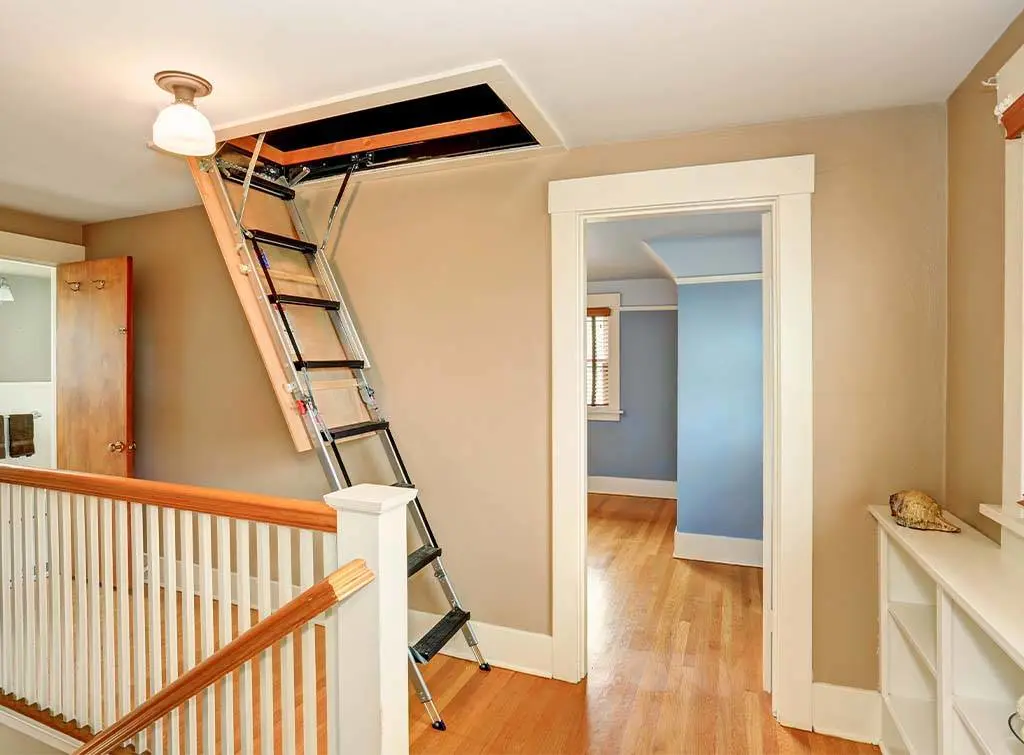
What can I use a non-habitable loft conversion for?
There are lots of uses for non-habitable loft spaces.
Sometimes, people choose to use a non-habitable loft conversion for:
Extra storage space
Child's playroom
A library or reading nook
Hobby space or home art studio
Housing water tanks, HVAC equipment or other facilities
Intrigued? Browse our 30 inspiring loft conversion ideas for more inspiration, or check out our loft storage ideas to learn how to maximise your space.
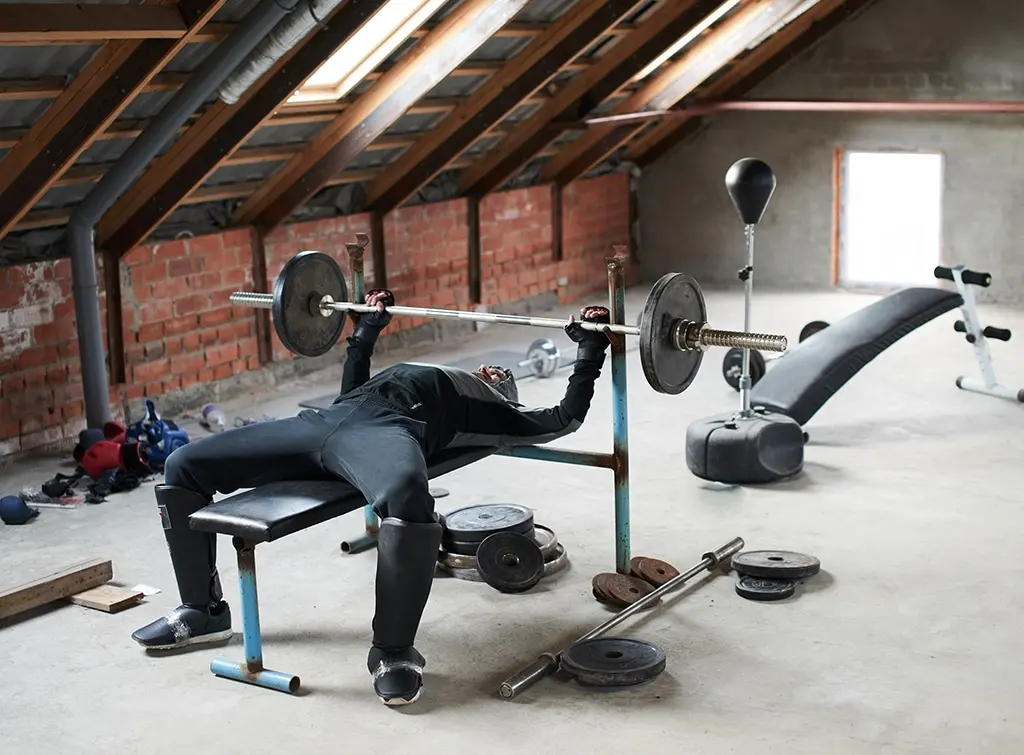
How much does a non-habitable loft conversion cost in the UK?
How much you pay for your non-habitable loft conversion varies.
The type of loft conversion, location and size of the loft will all impact the total price.
A full standard loft conversion (with Velux windows) costs on average **£27,500.**But a non-habitable loft conversion will usually cost significantly less, depending on what you need.
For example, you might pay:
£90 per m² for loft boarding materials and labour (bare chipboard flooring)
£570 to install apull-down aluminium ladder
£1,250for a newVelux window (including supply)
£725 plus VAT for basic quilt loft insulation
Chat with a reputable loft conversion specialist today to get an accurate quote.
See the tradespeople we've checked and recommend for your job
Tips for converting a non-habitable loft conversion
Non-habitable loft conversions can be a great way to make your attic space more useable without a complete loft conversion.
If you play it right, the extra storage space - or space for your hobbies - could even make the difference between you moving house or staying put. But if you're going to maximise your conversion, you'll need to make sure it's properly fulfilling its purpose and that it's comfortable to spend time in.
Here are some tips.
Think about making your loft space as energy-efficient as possible, including adding insulation
Start by removing any old or damaged insulation boards
Add natural light and ventilation - Velux windows are popular
Consider adding storage solutions like shelving units, built-in cabinets, modular storage solutions or customised storage cupboards
Use a reputable loft hatch and ladder installer to improve access
Check out our guide to choosing the best loft hatch and ladder for more info.
Is it illegal to convert a loft without building regulations?
That depends on whether you plan to convert your loft fully or whether you're planning to create a non-habitable loft conversion.
If you plan to convert your loft fully, you'll need to comply with building regulations. These are in place to ensure construction work is safe and high-quality. Without them, you might also find it challenging to sell your property in the future
On the other hand, you can normally build a non-habitable loft conversion without needing a building code inspection.
Remember to check whether you need planning permission for your loft conversion as well. While many loft conversions fall under permitted development rights there are exceptions, so it's always safest to check with your local planning authority.
See the tradespeople we've checked and recommend for your job
How do I get a conversion signed off as a bedroom?
Is your home shrinking with your growing family? Converting your non-habitable loft conversion into a loft bedroom could be a useful way to add extra living space to your home.
But, don't get too excited with furniture and colour ideas just yet.
First, get the advice of a loft conversion specialist to check your loft is suitable. They can check the space you have currently. Then, they can tell you what you need.
Whoever you decide to go with can help you through the whole process. Watch your loft bedroom ideas go to the next level.
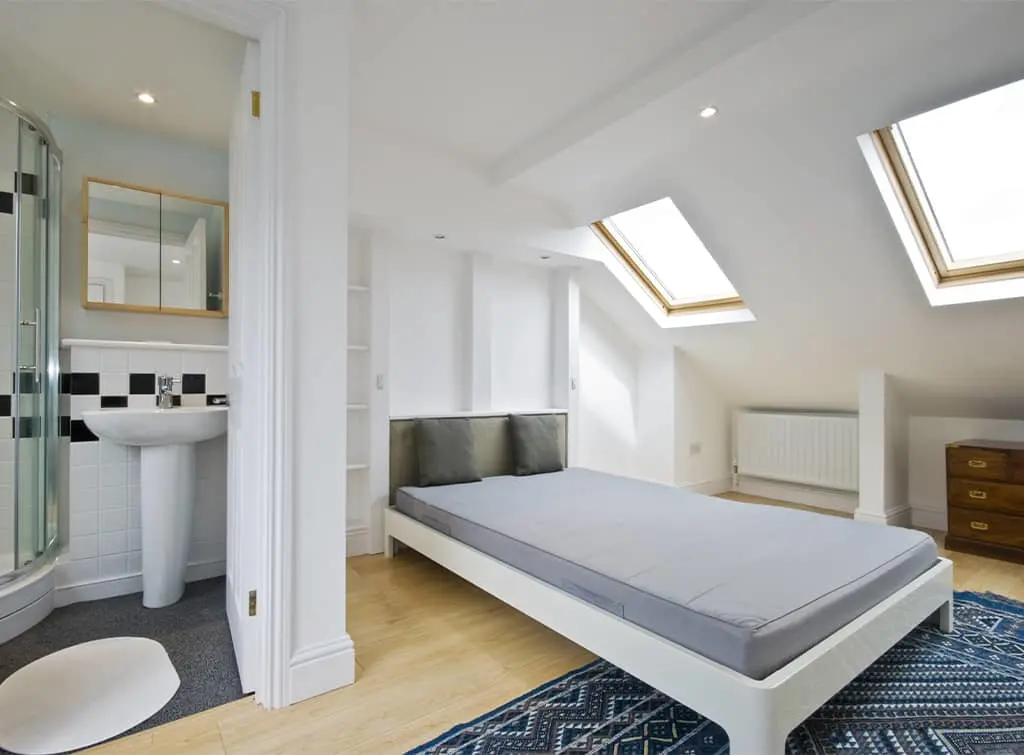
What makes a loft conversion habitable?
There are specific criteria to meet if you want to make sure your loft is habitable. You'll need to meet them if you're hoping to turn a non-habitable loft room into a habitable room.
These include:
Adequate head height (at least 2 metres)
Structural integrity (it must be safe and sound)
Insulation and ventilation (for cold and warm weather)
Windows for natural light
A fixed staircase for safe access
Fire safety precautions (fire door/fire alarms)
Updated plumbing for ensuites
Up-to-code electrics and wiring
Compliance with building regulations and planning permission
Find a trustworthy loft conversion company near you to help. They can manage the whole process from start to finish.

Finding loft conversion companies
Your non-habitable loft conversion must remain safe, structurally sound, and adhere to building regulations.
The easiest way to make sure that your loft is safe for any use is to find a reliable loft conversion company. They will determine if your loft is suitable for a non-habitable loft conversion and help you plan it.
Pop your postcode in the box below. You'll get an instant list of your area's top-rated loft conversion specialists.
See the tradespeople we've checked and recommend for your job
More Expert Advice Articles
More Loft Conversions Articles
See the tradespeople we've checked and recommend for your job




